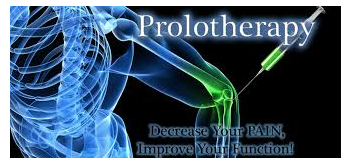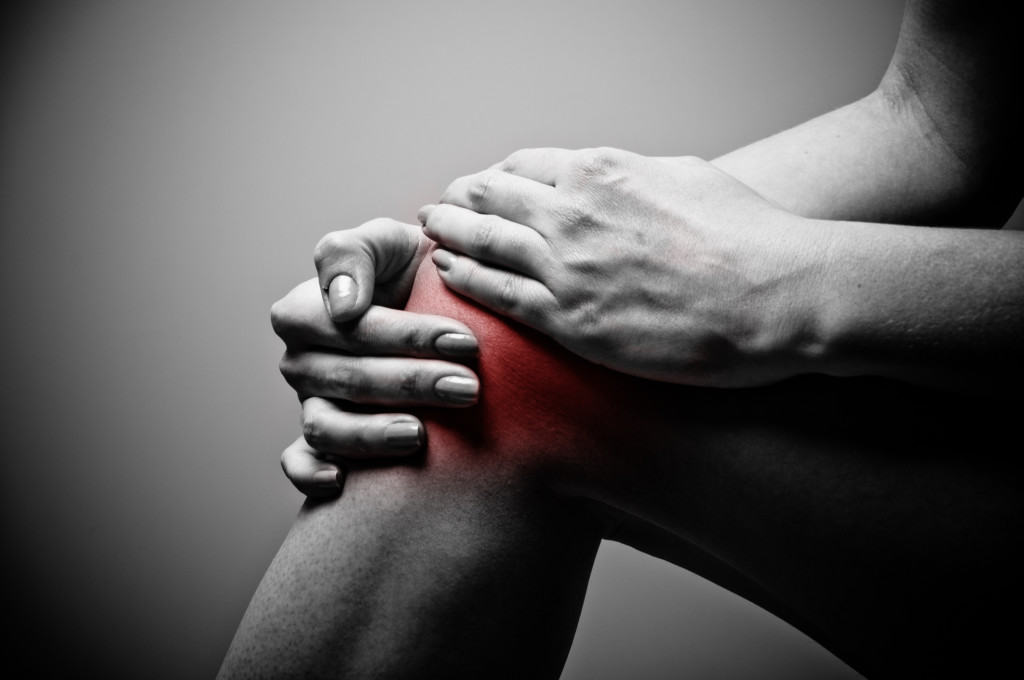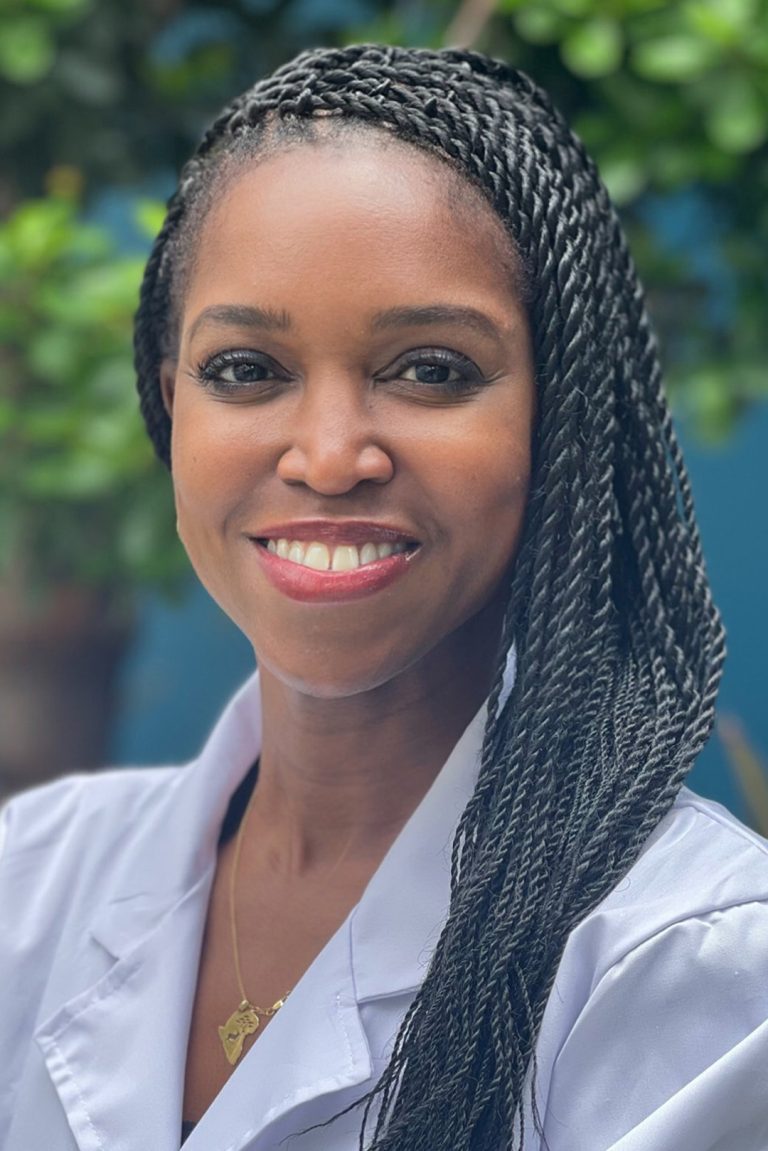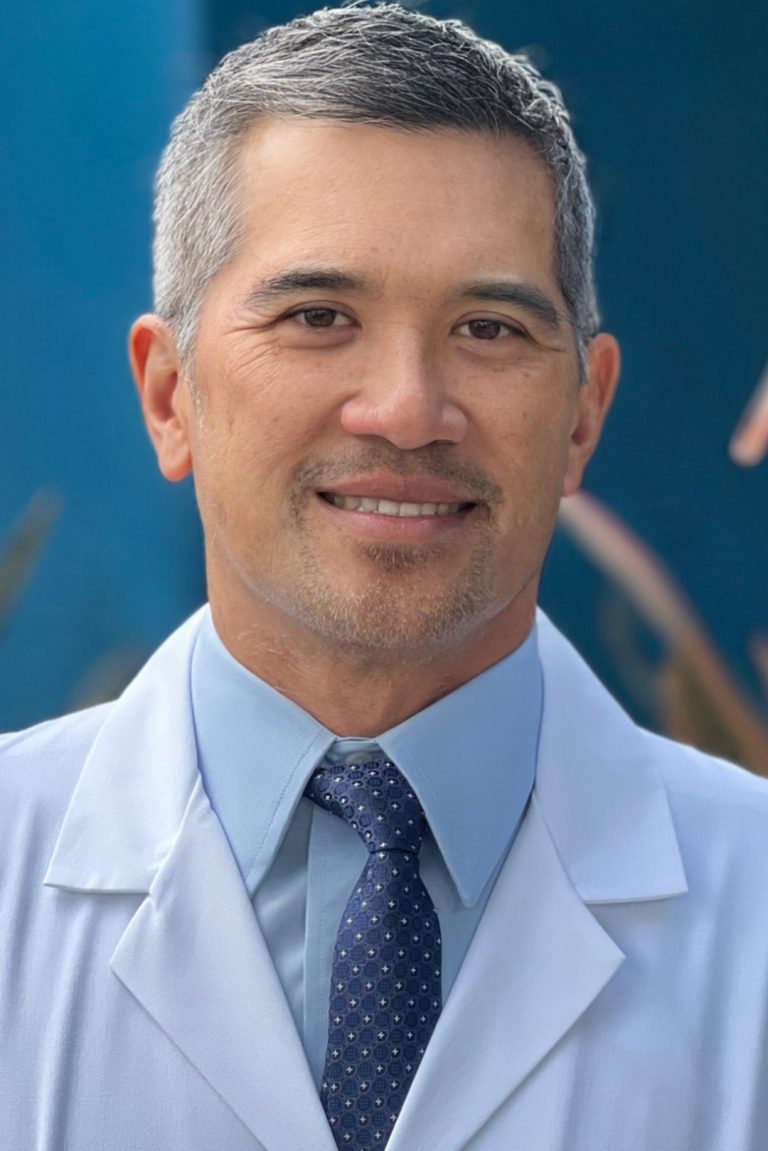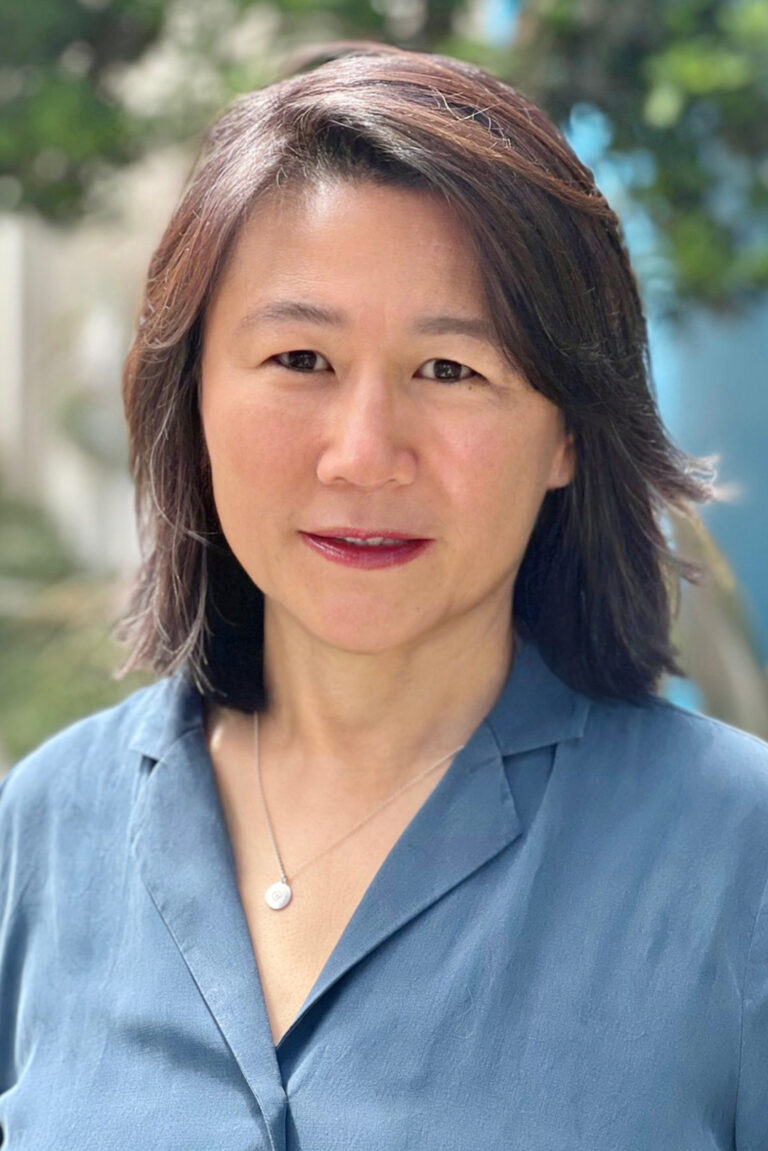Bren Boston, M.D. is board certified in Physiatry and Pain Medicine through the American Board of Physical Medicine and Rehabilitation. She is also a certified personal trainer through the American College of Sports Medicine and specializes in treating musculoskeletal conditions with a non-surgical approach.
What made you decide to become a doctor?
My father is an oncologist/hematologist, which is a doctor for patients with cancer or blood diseases. I grew up visiting his clinic, racing down the hallways on the wheeled doctor’s chairs and sneaking candy from the concierge jars. As I got older, I worked in his office during the summers in the file room. This was before medical records were computerized.
In high school, I found that I was interested in science and in the human body. It is a lot easier to study something that truly interests you. Starting college, however, I was convinced that I did not want to become a doctor because I was repelled from hospitals with their clinical feel, noxious odors, and sense of urgency. The lack of fresh air, sunshine, and green space made me want to escape out the nearest exit, and I wondered how healing could occur under those circumstances. When I admitted my repulsion for the hospital setting to my father as the reason I did not want to go to medical school, he chuckled and told me that the majority of doctors work in an outpatient clinic setting and don’t ever set foot in the hospital. Cheerfully, I was back on track to medical school. I entered medical school at age 22, straight out of college.
Why did you focus on Pain Management?
I always knew that my idea of doctoring was helping people optimize their quality of life. I was not as interested in life-or-death, emergency room type medicine. To achieve and maintain wellness, I feel it requires preventative approaches to nutrition, exercise, hydration, sleep, and social-emotional wellbeing. One of the most common obstacles to finding this balance is pain. Pain prevents people from exercising, sleeping, and often can affect their social-emotional wellbeing. If the obstacle (pain) can be managed, then optimal quality of life can once again become the priority.
What are you most excited about in your field?
I am most excited about treatments that target the cause of the pain. What, exactly, is pain? The International Association for the Study of Pain defines pain as an unpleasant sensory and emotional experience associated with actual or potential tissue damage. Most people think of the sensory aspect of pain, the noxious stimulus such as scraping your knee or breaking a bone. But, there is a huge emotional component to pain, especially chronic pain. Pain memory is stored in the brain at the same place as emotional memory. If the emotional aspects are not addressed in chronic pain, then the cycle of pain will be difficult to disrupt. Pain sucks, why do we have pain? Pain is an important part of our nervous system. Pain keeps us safe by preventing us from touching a burning hot stove or from taking part in activities that could injure our body. So, why would it benefit us for pain to linger past 6 months, turning into chronic pain? The answer is that chronic pain does not benefit us. It is a maladaptive response that has many causes. Chronic pain can be due to chronic re-injury of the same area, continued tissue damage due to malignant cell growth, nerve fiber damage, stuck emotions or unaddressed trauma, secondary gain that may not be apparent to the patient, and down-regulation of endogenous endorphins and their receptors.
Why Prolotherapy and can it help me?
Prolotherapy has been in use for over 70 years and has been gaining popularity due to its efficacy in treating pain for so many patients, from elite athletes to the elderly. It is an injection technique that treats multiple types of musculoskeletal pain, from neck and back pain to knee arthritis to recurrent ankle sprains. The theory behind prolotherapy is the stimulation of healing at the level of the deep ligaments and tendons that connect parts of the skeleton together. Imagine your skeleton as a marionette puppet. Instead of marionette strings being used to move your limbs, your brain sends signals down your nervous system to your muscles, which contract and relax in a coordinated pattern to allow particular movements. In addition, all 206 bones in the adult skeleton are connected by deep ligaments that provide stability. When these ligaments become lax due to poor posture, over-use, sports injury, or too much time spent sitting, then pain is caused by reflex muscle tension and direct stimulation of pain fibers as the nervous system tries to recruit the muscles to re-stabilize the skeleton. Prolotherapy is a technique that involves injecting multiple entheses (the places where ligaments or tendons attach to bones) with a natural proliferant solution to stimulate the human body to heal itself. Typically, three to six sessions are required to eliminate the pain in a certain part of the body. Sessions are spaced four weeks apart to allow for the stimulated tissue healing and laying down of new collagen fibers. Most patients find that their pain is fully healed, and will not return unless the area is re-injured. The best part about prolotherapy is that it is targeted treatment to the cause of the pain, and does not rely on the bandaid of a systemic pill to mask the pain.
Learn more about Prolotherapy and make an appointment today!
Call (310) 451-8880



